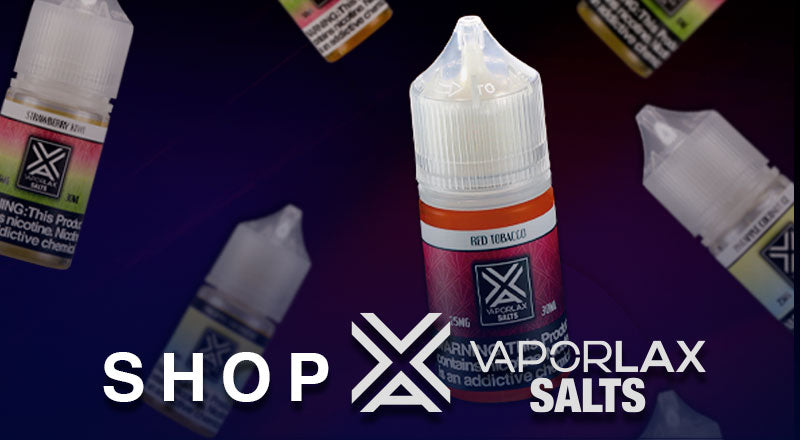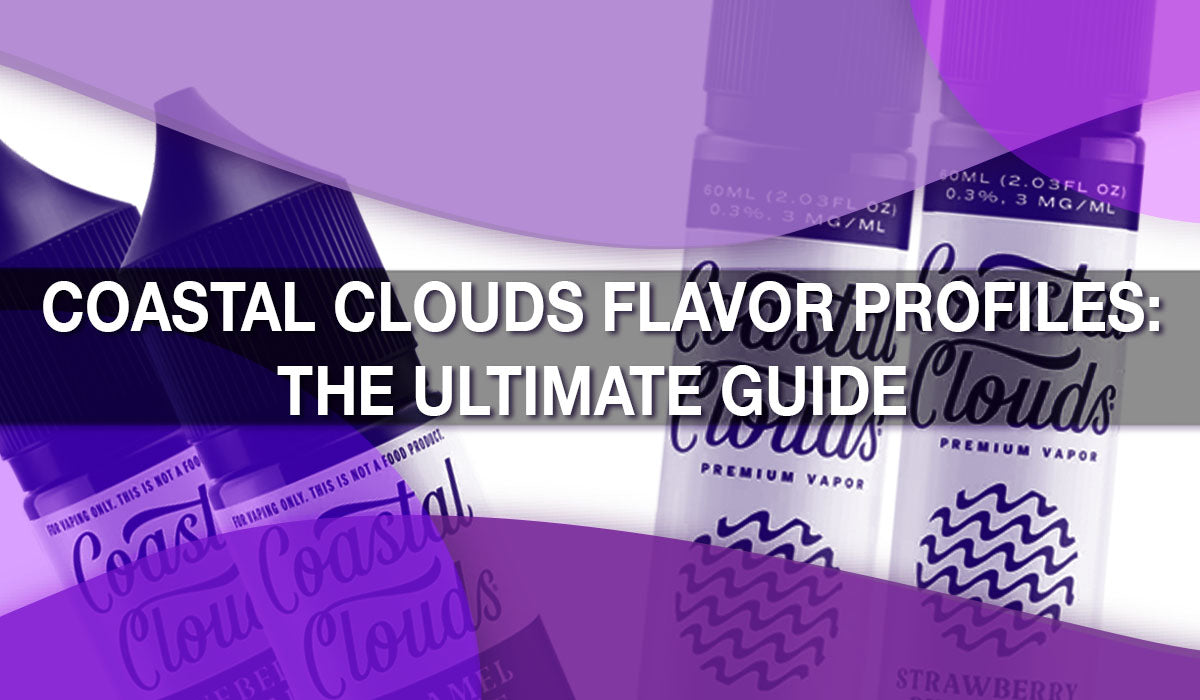
Comprehensive E-Cigarette Flavor Bans and Tobacco Use Among Youth and Adults
Five years ago, at the end of the last decade, electronic nicotine delivery systems (ENDS), or e-cigarettes, grew in popularity, particularly among youth in the United States. To address this growing trend, several states implemented temporary or permanent bans on flavored vaping products between October 2019 and July 2020.
These measures aimed to curb the rising rates of youth vaping. A recent study conducted by the National Bureau of Economic Research (NBER) in Massachusetts examined the impact of these flavor bans on vaping and smoking rates across different age groups.
Aim of the Study
The primary objective of the study was to assess the effects of vape flavor bans on the usage rates of e-cigarettes and combustible tobacco products. The study focused on eight states that introduced flavor restrictions, comparing them with states that did not implement such bans. The states included in the study were:
- Rhode Island (RI)
- Massachusetts (MA) – initially allowed menthol flavors until a later ban
- New York (NY)
- Utah (UH)
- New Jersey (NJ)
- Maryland (MD)
- Montana (MT) – temporary ban expired in January 2020
- Washington State (WA) – temporary ban expired in January 2020

Data Sources and Methodology
Data for this study were drawn from several comprehensive sources:
- PATH (Population Assessment of Tobacco & Health)
- Youth Risk Behaviour Survey (YRBS)
- Monitoring The Future (MTF)
- Behaviour Risk Factor Surveillance Survey (BRFSS)
The study analyzed data across three age groups:
-
Youth/Adolescents (14-17 years old)
-
Young Adults (18-24 years old)
-
Adults (25+ years old)

Key Findings
Youth/Adolescents (14-17 years old)
The analysis revealed a slight decrease in the use of banned flavors among youths in states with flavor bans compared to those without. However, the overall reduction in e-cigarette use was minimal. Interestingly, the study found a small but significant increase (1.7 to 2.6%) in smoking rates among youth, indicating some substitution from vaping to smoking.

Young Adults (18-24 years old)
The impact of flavor bans was more pronounced among young adults, with a 5.2% reduction in the use of banned flavors. Despite this decline, the study noted an increase in smoking rates, suggesting that some young adults turned to combustible cigarettes as an alternative to flavored e-cigarettes.

Adults (25+ years old)
For adults, the bans had little to no effect on vaping or smoking rates, with only a 1.7% difference in usage between states with and without flavor bans.

Cross-Age Analysis
Overall, the study found that declines in the use of banned flavors were minimal across all age groups. Young adults showed the largest decline, but there was still significant use of banned flavors due to factors such as black-market availability and the ability to add flavors to unflavored products.
The study concluded that while flavor bans aimed to reduce youth vaping, they had several unintended consequences, particularly increasing smoking rates among youth and young adults. The findings suggest that the bans may not have achieved the desired public health outcomes and, in some cases, may have had negative implications for tobacco-related health.
Quotes from the Study:
“Despite the above intended effect of the laws, we also find that ENDS (Electronic Nicotine Delivery Systems) flavor restrictions may also have an unintended tobacco-related public health cost. We demonstrate that adoption of a restriction is associated with a one to three percentage-point increase in the probability of combustible cigarette smoking.”
“Interestingly, the aggregated average treatment effect on youth in the treated states indicates evidence of spillovers into the cigarette market – a statistically significant increase in cigarette use at the extensive margin (on the order of 1.7 to 2.6 percentage points). Prima facie, this is suggestive of the flavor bans generating an unintended consequence by raising smoking participation among youth.”
References
- Centers for Disease Control and Prevention (2019, 2020)
- PATH (Population Assessment of Tobacco & Health)
- Youth Risk Behaviour Survey (YRBS)
- Monitoring The Future (MTF)
- Behaviour Risk Factor Surveillance Survey (BRFSS)
Final Thoughts
The comprehensive study underscores the need for balanced and well-thought-out policies to effectively manage youth and young adult tobacco use without triggering adverse effects.
The study also highlights the complexity of implementing flavor bans as a tobacco control measure. Policymakers must consider these unintended consequences and explore comprehensive strategies that address both vaping and smoking to achieve better public health outcomes.









Leave a comment
This site is protected by hCaptcha and the hCaptcha Privacy Policy and Terms of Service apply.